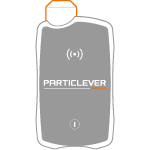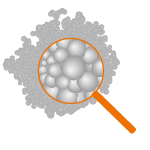Chemical industry


Protecting employees from inhalation risk is already part of the everyday lives of industrial hygiene and safety specialists in the chemicals industry. Thanks to dynamism and innovation in the sector, numerous substances are changing or are even totally new, which requires going further in understanding the particles emitted by the processes and the corresponding exposures. Nanomaterials are only one example. PARTICLEVER technologies are particularly well-suited to the deployment of new monitoring strategies, both for sampling protocols and in analysis methods.
Key questions
Sampling devices are so simple to use that they can even be employed directly by operators. Radio traceability (start time, stop time, cassette owner’s identity) ensures that the measurement protocols are correctly applied. This flexibility makes it possible to target the key steps of the process because there is no longer a need for dedicated measurement teams to be scheduled in advance. Exposure measurement over long periods (several days, weeks, or months) thereby becomes accessible and opens up new possibilities.
This is coupling between different techniques that will make it possible to advance knowledge. Particle mass analysis remains the standard for toxicology. It is usefully supplemented by morphological information (particle size, state of aggregation/agglomeration, fiber shape, mixtures, density of agglomerates, etc.). To do so, using an electron microscope on an air sample (without laboratory preparation) is a powerful analysis technique. Using particle detectors in real time may also be useful for understanding and locating sources when they are quantitatively significant but not visible.



